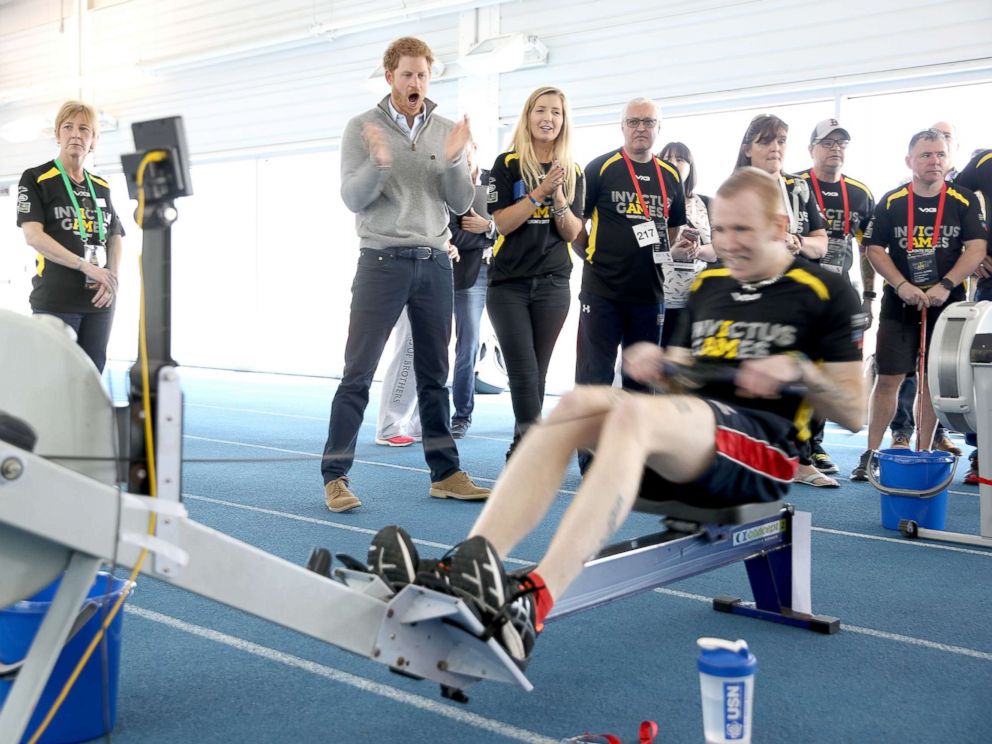The ‘super’ waveWho are they? Where did they come from? What will they do when we need them most?


The ‘super’ waveWho are they? Where did they come from? What will they do when we need them most?
Crime is afoot in San Francisco.
Statistically, this is not a surprise. San Francisco ranks No. 1 in the US in property crime, and the city comes in at No. 14 for violent crime among cities with a population of 100,000 or more. FBI data released in September 2017 shows that there are 6,168 crimes per 100,000 people; that's about 148 burglaries, larcenies, car thefts and arsons per day. Hate crimes have increased drastically in the last year and 667 days. Although projections remain optimistic for an overall year-end decrease in crime, official data has yet to be released.
This is the time to note that San Francisco is also home to an unusually large superhuman presence. Sightings and encounters have rapidly escalated within city limits since August 2018.
Someone claiming to be Superhero Name was seen ___, while another, described by a witness as "just like ___", challenged foes that "description about enemies". In the last week, heroes such as Name to Name have also been sighted.
Regardless of their status as truth — some citizens remain stalwart believers in the reality of their favorite comicbook heroes come to life, while some exercise their skepticism — it cannot be discounted that these superhumans are capable of miraculous, and dangerous, feats of incredible power.
For the most part, it has been reported they act in good faith. Like most of of us, the superpowered individual subscribes to the tenet that, if capable, one should contribute to the greater good in the world.
What happens to those that don't?
What happens to those that want to harm us?

The argument could be made that
- just like another branch of law enforcement, but unchecked and unruled, anonymous, no internal infrastructure
If a first responder makesa bad call, they are held accountable.
Who holds these individuals accountable?
bigail Strickland, 17, was admitted to ____ after falling from the roof of her apartment building.
[paragraph about abigail]
Where do they come from? Where do they go when they're not seen?
Why didn't they answer Abigail Strickland?

The facts are these: they remain free of culpability, accountability, and live dual identities. They save lives, committ the damage, and go back home, while most of the population remains none the wiser.
Being a superhuman being comes with responsibilities to your fellow man that some appear to have embraced, but without names, tallies, and the ability for the public to make their own, discerning judgements about their safety, it seems a moot point.
The scales are in their favor. Their shoulders house the responsibility.
Blah blah blah
We live in a very human age in incredibly extraordinary times. Local legislation on superhumans is slow, and national legislation is almost non-existent. We do not know who they are, what they can do, and what will happen to them. We cannot know what will happen to us.
We can only hope that they continue to step up.
We can only hope that they are the people we've always known them to be.